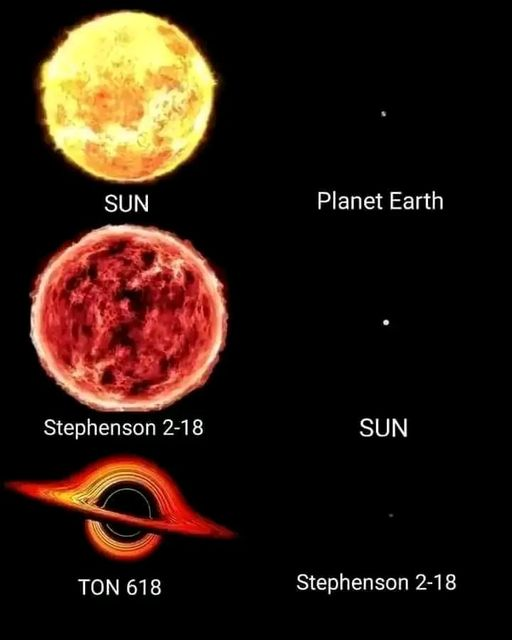this post was submitted on 10 Aug 2024
691 points (98.2% liked)
Science Memes
10271 readers
2788 users here now
Welcome to c/science_memes @ Mander.xyz!
A place for majestic STEMLORD peacocking, as well as memes about the realities of working in a lab.

Rules
- Don't throw mud. Behave like an intellectual and remember the human.
- Keep it rooted (on topic).
- No spam.
- Infographics welcome, get schooled.
Research Committee
Other Mander Communities
Science and Research
Biology and Life Sciences
- !abiogenesis@mander.xyz
- !animal-behavior@mander.xyz
- !anthropology@mander.xyz
- !arachnology@mander.xyz
- !balconygardening@slrpnk.net
- !biodiversity@mander.xyz
- !biology@mander.xyz
- !biophysics@mander.xyz
- !botany@mander.xyz
- !ecology@mander.xyz
- !entomology@mander.xyz
- !fermentation@mander.xyz
- !herpetology@mander.xyz
- !houseplants@mander.xyz
- !medicine@mander.xyz
- !microscopy@mander.xyz
- !mycology@mander.xyz
- !nudibranchs@mander.xyz
- !nutrition@mander.xyz
- !palaeoecology@mander.xyz
- !palaeontology@mander.xyz
- !photosynthesis@mander.xyz
- !plantid@mander.xyz
- !plants@mander.xyz
- !reptiles and amphibians@mander.xyz
Physical Sciences
- !astronomy@mander.xyz
- !chemistry@mander.xyz
- !earthscience@mander.xyz
- !geography@mander.xyz
- !geospatial@mander.xyz
- !nuclear@mander.xyz
- !physics@mander.xyz
- !quantum-computing@mander.xyz
- !spectroscopy@mander.xyz
Humanities and Social Sciences
Practical and Applied Sciences
- !exercise-and sports-science@mander.xyz
- !gardening@mander.xyz
- !self sufficiency@mander.xyz
- !soilscience@slrpnk.net
- !terrariums@mander.xyz
- !timelapse@mander.xyz
Memes
Miscellaneous
founded 2 years ago
MODERATORS
you are viewing a single comment's thread
view the rest of the comments
view the rest of the comments

Astrophysicist here. Yes, space is crazy, but interesting things to keep in mind:
Documentary watcher here. Isn't the "photosphere" of the star defined by the visible surface? It is my understanding you could be "hundreds of millions of kilometers inside" the corona and not know it, but inside the photosphere?
Yes, but red supergiants differ from the sun in that their photospheres are extremely dilute and don't have a sharp transition to the corona. I don't know the details of this particular star but take Betelgeuse as an example (it's probably not particularly large for this catrgory), it's radius is ~640 the sun's per Wikipedia, which gives a volume of ~260 million that of the sun. But it is only x15 times as massive as the sun, so on average ~20 million times less dense.
Meaning a little less than half of that radius is way way way less than 20 million times less dense. That's wild.
I think about that when looking at luminous gas clouds that are millions of lys across. We can only "see" it because all the photons coming from that region of space is concentrated in a tiny visible area.